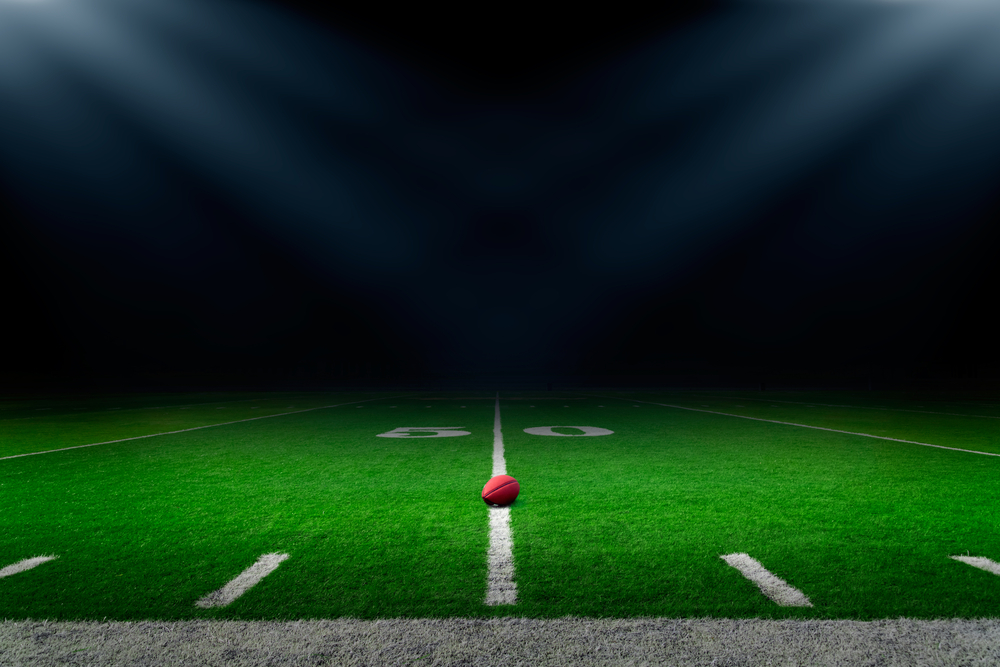Injuries are a harsh reality for athletes across all levels of competition. Whether it’s a torn ligament, a fractured bone, or a prolonged muscle strain, the physical pain is only part of the story. Equally challenging is the psychological toll these injuries can take. Maintaining mental toughness and finding motivation for injured athletes during recovery is critical, not only for a full physical comeback but also for long-term mental well-being and peak performance.
The Emotional Impact of Sports Injuries
When an athlete is sidelined due to injury, it’s not just their body that suffers. Their identity, daily routine, and sense of purpose are often disrupted. Common emotional responses to injury include:
- Denial and disbelief
- Frustration and anger
- Sadness or depression
- Anxiety about recovery and return to play
- Loss of confidence
These emotional responses are natural. However, if left unaddressed, they can lead to prolonged psychological distress and even hinder physical recovery. Developing mental strength during this time becomes vital.
Mental Strength Defined
Mental strength is the ability to remain resilient, focused, and optimistic, even when faced with adversity. For athletes recovering from injury, this means:
- Managing negative emotions constructively
- Setting realistic and motivating goals
- Maintaining discipline and routine
- Staying connected with teammates and coaches
- Finding new ways to contribute to their sport
Common Psychological Roadblocks During Recovery
Understanding the mental barriers that can arise during injury recovery is the first step to overcoming them.
1. Fear of Reinjury
This fear can paralyze athletes and make them hesitant to return to play, even when physically cleared.
Strategy: Focus on the progress made. Work with trainers to understand how rehabilitation minimizes future risk. Gradually reintroduce the sport in a controlled environment.
2. Loss of Identity
For many athletes, their sport is more than a game—it’s who they are. Being unable to play can feel like losing a part of oneself.
Strategy: Engage in self-discovery. Explore new interests, volunteer with the team, or mentor younger athletes to remain involved.
3. Isolation
Rehabilitation can be a lonely process, often removing the athlete from the daily camaraderie of team life.
Strategy: Maintain regular communication with teammates and coaches. Consider support groups or speaking with a sports psychologist.
4. Lack of Motivation
When progress is slow or setbacks occur, it can be difficult to stay motivated.
Strategy: Set short-term, achievable goals. Celebrate small victories and visualize the end result—a return to full health and performance.
Building Resilience During Recovery
Mental resilience doesn’t develop overnight. Here are several proactive steps injured athletes can take to cultivate it.
1. Develop a Positive Mindset
Positive thinking isn’t about ignoring the difficulty of the situation; it’s about focusing on what you can control.
Tip: Keep a recovery journal. Write down daily progress, gratitude points, and affirmations. Acknowledge setbacks, but don’t dwell on them.
2. Work with a Sports Psychologist
These professionals specialize in helping athletes maintain mental health during injury recovery.
Tip: Therapy can offer coping mechanisms, support behavioral changes, and provide a safe space to process emotions.
3. Practice Visualization Techniques
Mental rehearsal can be a powerful tool during downtime. Athletes who visualize themselves executing their sport improve muscle memory and retain tactical sharpness.
Tip: Spend 10-15 minutes daily imagining successful performance scenarios. Engage all senses to make the experience as vivid as possible.
4. Maintain a Routine
A disrupted schedule can contribute to feelings of aimlessness. Establishing a new routine focused on recovery can help athletes regain a sense of normalcy.
Tip: Incorporate daily rehab exercises, nutrition planning, mental training, and social interaction into the new schedule.
5. Embrace the Process
Recovery is a journey, not a sprint. Accepting the highs and lows as part of that journey makes it easier to handle setbacks.
Tip: Track recovery metrics focusing on trends, not isolated events. Understand that plateaus are normal.
Staying Connected to the Sport
Just because an athlete can’t physically compete doesn’t mean they are disconnected from their sport.
1. Mentorship
Experienced athletes can mentor younger teammates, sharing insights, encouragement, and guidance.
2. Strategy and Analysis
Injured athletes can work with coaches to study game footage, learn tactical elements, and stay mentally sharp.
3. Attend Practices and Games
Being present on the sidelines helps maintain social ties and team identity.
4. Leadership Opportunities
Injury can reveal new paths to leadership, such as serving as a team captain off the field or organizing team events.
Nutrition, Sleep, and Physical Healing
Mental strength is deeply interconnected with physical well-being. Recovery should be holistic.
Nutrition
Nutrient-rich food supports tissue repair and energy balance.
Tip: Focus on lean proteins, healthy fats, antioxidants, and hydration.
Sleep
Sleep is when most cellular regeneration occurs.
Tip: Maintain consistent sleep routines, aim for 8-9 hours nightly, and minimize screen time before bed.
Gentle Movement
Even during immobilization, light movements (as permitted by medical staff) can boost circulation and mental clarity.
Tip: If no part of the body is injured, engage in breathing exercises, stretching, or upper/lower body workouts.
Returning to Play: Mental Preparation
Physically healing is just one piece of the puzzle. Mental readiness is equally important.
1. Build Confidence
Confidence may be shaken post-injury. Focus on what the body can now do.
Tip: Set incremental goals during practice and note improvements.
2. Manage Expectations
Returning to previous performance levels may take time. Unrealistic expectations can lead to disappointment or reinjury.
Tip: Focus on effort, not just outcome. Patience is crucial.
3. Communication
Open lines of communication with coaches, trainers, and teammates ensure support and understanding.
Tip: Don’t hesitate to express fears or uncertainties. Honest dialogue fosters trust.
Inspiring Stories: Motivation for Injured Athletes
Many elite athletes have overcome devastating injuries to return even stronger:
- Alex Smith (NFL): After a life-threatening leg injury, he returned to play after 17 surgeries and nearly two years of rehab.
- Kerri Strug (Gymnastics): Despite a severely injured ankle, she delivered a vault that secured Olympic gold.
- Bethany Hamilton (Surfing): After losing an arm in a shark attack, she returned to professional surfing.
These athletes remind us that setbacks are temporary and that mental resilience, paired with determination, can lead to incredible comebacks.
Final Thoughts
Injury may be an unwelcome part of sports, but it also presents an opportunity. It’s a time for growth, reflection, and redefining what it means to be strong. The journey of recovery is often more mentally demanding than physically exhausting, but with the right strategies, support, and mindset, athletes can emerge not only healed but transformed.
Building mental strength takes work, but it yields lasting rewards far beyond the field or court.
Celebrate Your Comeback
Your story of resilience deserves to be remembered.
At Discount Sports Rings, we believe in honoring every victory, including the comeback. Whether you’re a high school athlete returning from injury, a weekend warrior reclaiming your strength, or a coach leading your team through adversity, there’s a ring for you.
Find your perfect championship rings. Explore our collection of sports rings and choose from a variety of designs. Shop now!











